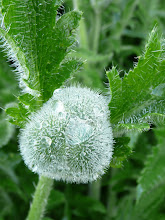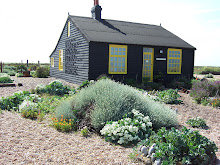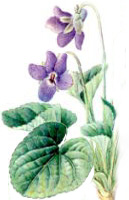 http://www.londondailynaturephoto.co.uk/index.phpSPARROWS FEEDINGWhilst I sit on my PC I have the privilege of being able to look out into my garden, and for the past fortnight or so the sparrows have been a huge distraction to me. Every year is the same, I sit marvelling at the spectacle of parent feeding their quivering young who are begging for food. Then watching the little inexperienced flyers attempt to take off, struggling to get their undercarriage off the ground. It just brings a smile to my face every time I see it.
http://www.londondailynaturephoto.co.uk/index.phpSPARROWS FEEDINGWhilst I sit on my PC I have the privilege of being able to look out into my garden, and for the past fortnight or so the sparrows have been a huge distraction to me. Every year is the same, I sit marvelling at the spectacle of parent feeding their quivering young who are begging for food. Then watching the little inexperienced flyers attempt to take off, struggling to get their undercarriage off the ground. It just brings a smile to my face every time I see it.Young sparrows leave the nest when fully feathered and are not able to fly for a couple of days. The parents generally look after them for a fortnight. I hope the majority survive in my garden although predators are always lurking, the magpies have been making their presence known.
Unfortunately what was a once a common sparrow has now found itself on the red list here in the UK, although I must say there seems no shortage in our garden. I put this down to the fact that we have a very wildlife friendly garden with lots of hedging, shrubs and trees which goes to encourage wild food for the very young, aphids, flies, grubs and spiders. I top up the birdbaths and I put bird food out all year, although I don't use peanuts, sparrows will eat seeds and grain.
The image I have used for this post is called Feed Me, courtesy of Nic from London Daily Nature Photo. Please click on the link to discover his great photography, but please do not use any of Nic's images without his permission.





































































































